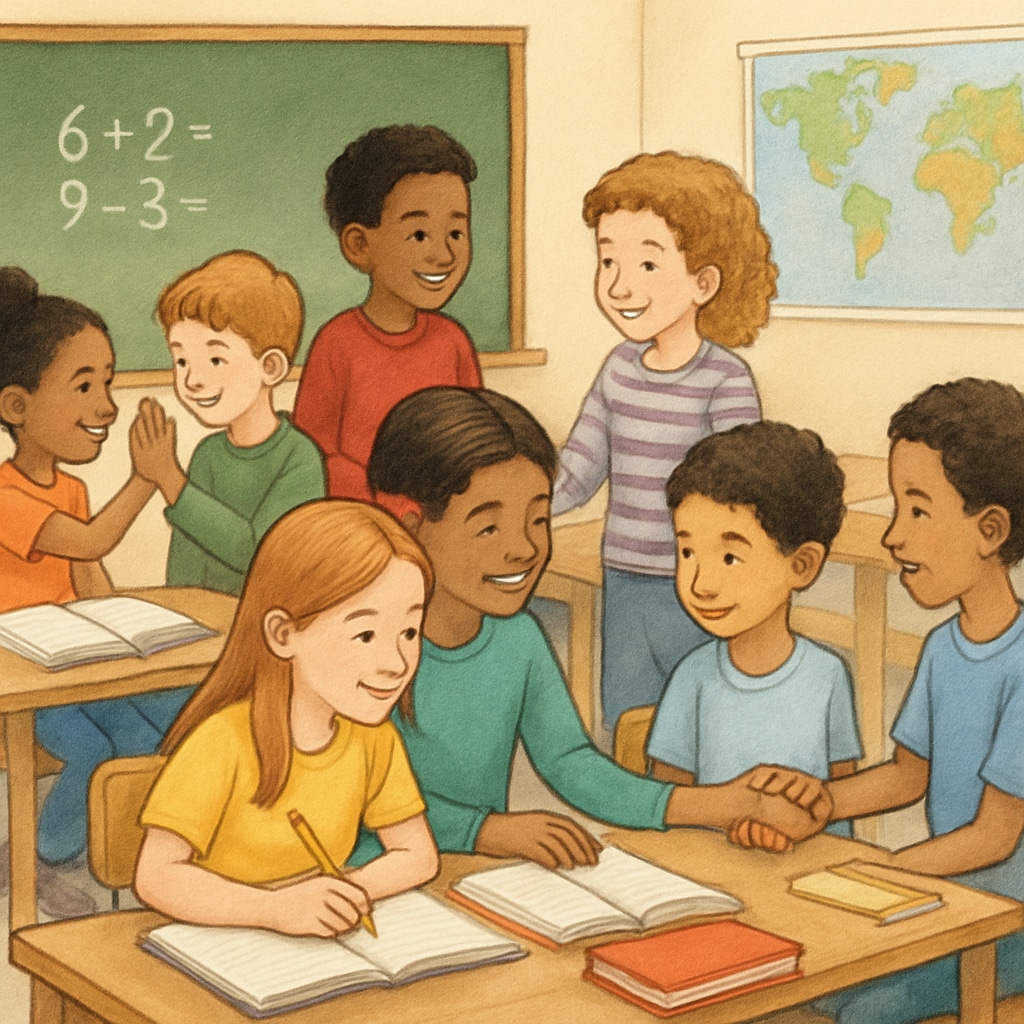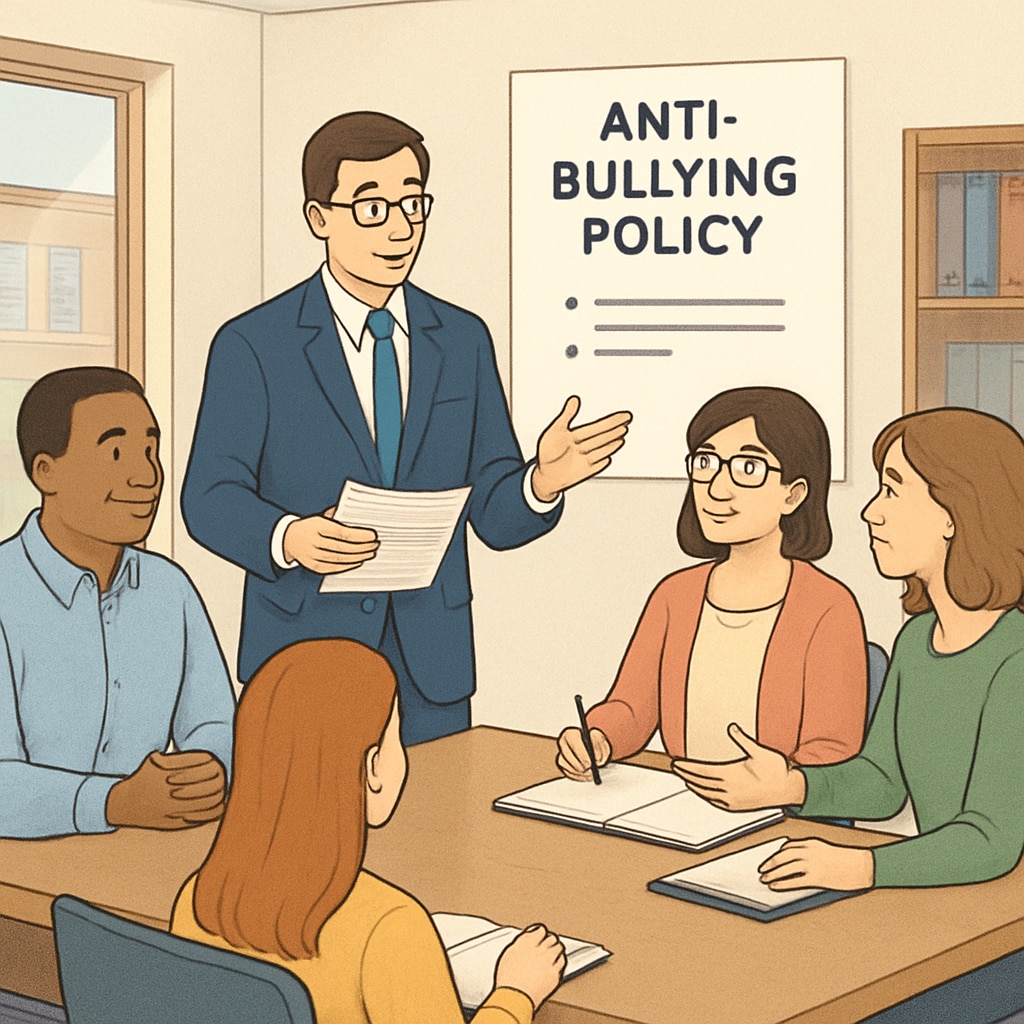Effective bullying solutions in schools require careful management and precise behavior identification. Addressing bullying involves not only stopping harmful actions but also creating a culture of respect and understanding within the school community. In this article, we explore ideal approaches to bullying prevention by examining its definition, establishing consequence systems, and differentiating typical behavior from bullying. These strategies aim to guide educators toward a safer and more inclusive campus.

Understanding Bullying: A Clear Definition
To effectively address bullying, schools must first establish a clear definition of what constitutes bullying. According to Bullying on Wikipedia, it involves repeated aggressive behavior intended to harm or intimidate another individual. This definition helps distinguish bullying from isolated conflicts or misunderstandings, which may arise naturally among students.
Key characteristics of bullying include:
- Imbalance of power between individuals, where one party feels helpless.
- Intentional actions aimed at causing emotional or physical harm.
- Repetition over time, creating a pattern of abuse.
Understanding these traits enables schools to implement precise interventions tailored to the severity of the issue.
Building a Comprehensive Consequence Framework
Once bullying is identified, schools need a structured approach to consequences. A multi-tiered system ensures fairness while addressing the complexity of bullying cases. For example:
- First offense: Counseling sessions to educate the bully and victim about the impact of their actions.
- Second offense: Parental involvement and monitored behavioral contracts.
- Severe or repeated offenses: Suspension or expulsion, depending on the circumstances.
This approach balances education and accountability, empowering students to learn from their mistakes while safeguarding the school environment.

Distinguishing Normal Developmental Behavior from Bullying
Not all conflicts between students qualify as bullying. Schools must develop strategies to differentiate normal developmental interactions from harmful behavior. For example, occasional disagreements or playful teasing are common in childhood and adolescence. However, when such interactions escalate into targeted aggression or humiliation, they cross the line into bullying.
To aid this distinction, educators can:
- Observe patterns of behavior over time, focusing on intent and repetition.
- Conduct interviews with involved parties to understand the context and dynamics.
- Train staff to recognize signs of bullying versus normal social development.
By refining this process, schools can avoid overreacting to minor incidents while effectively addressing genuine cases of bullying.
Encouraging a Culture of Respect and Empathy
Prevention is just as crucial as intervention. Schools can foster a bully-free environment by promoting respect and empathy among students. Strategies include:
- Implementing character education programs focused on kindness and inclusion.
- Hosting workshops and assemblies to address the impact of bullying.
- Encouraging peer support groups where students help each other navigate challenges.
As a result, students are more likely to stand up against bullying and support their peers, contributing to a safer campus atmosphere.
Conclusion: Tackling school bullying requires a balanced approach that combines precise behavior identification, structured consequences, and preventative measures. By understanding what bullying truly entails and addressing it systematically, schools can create a supportive environment where every student feels valued and safe.


